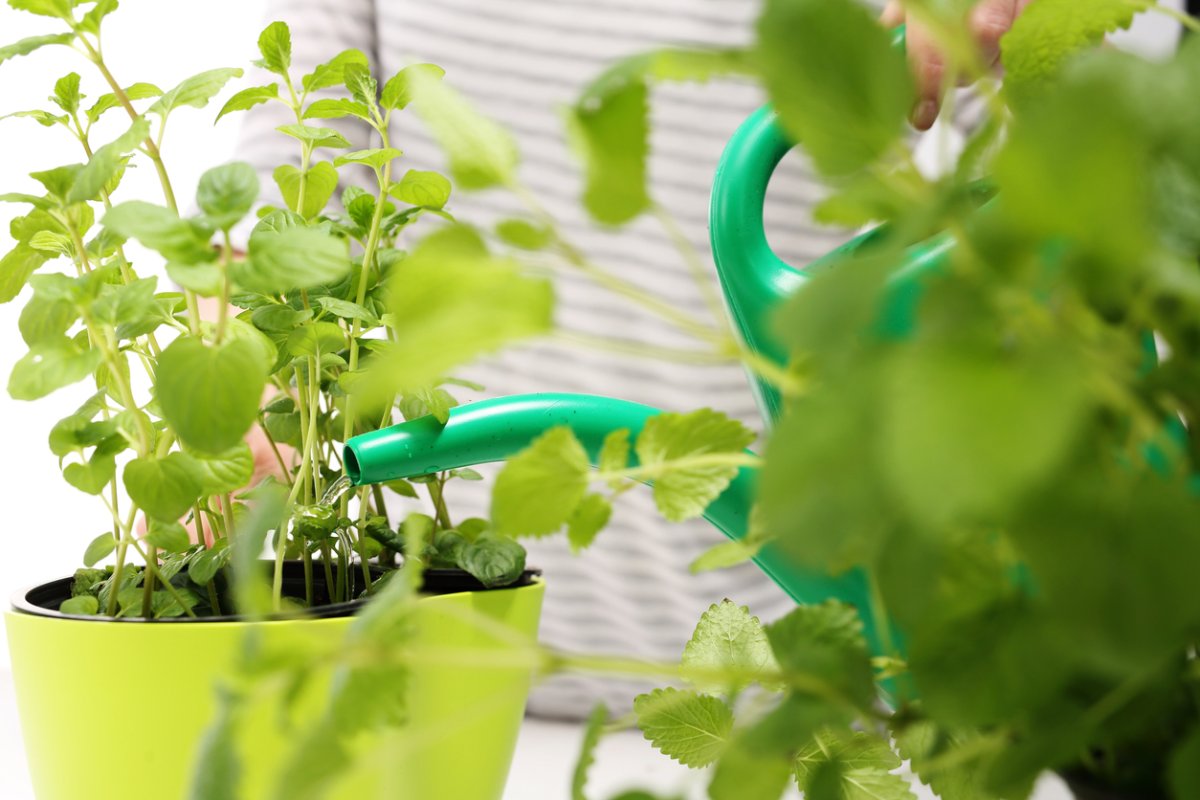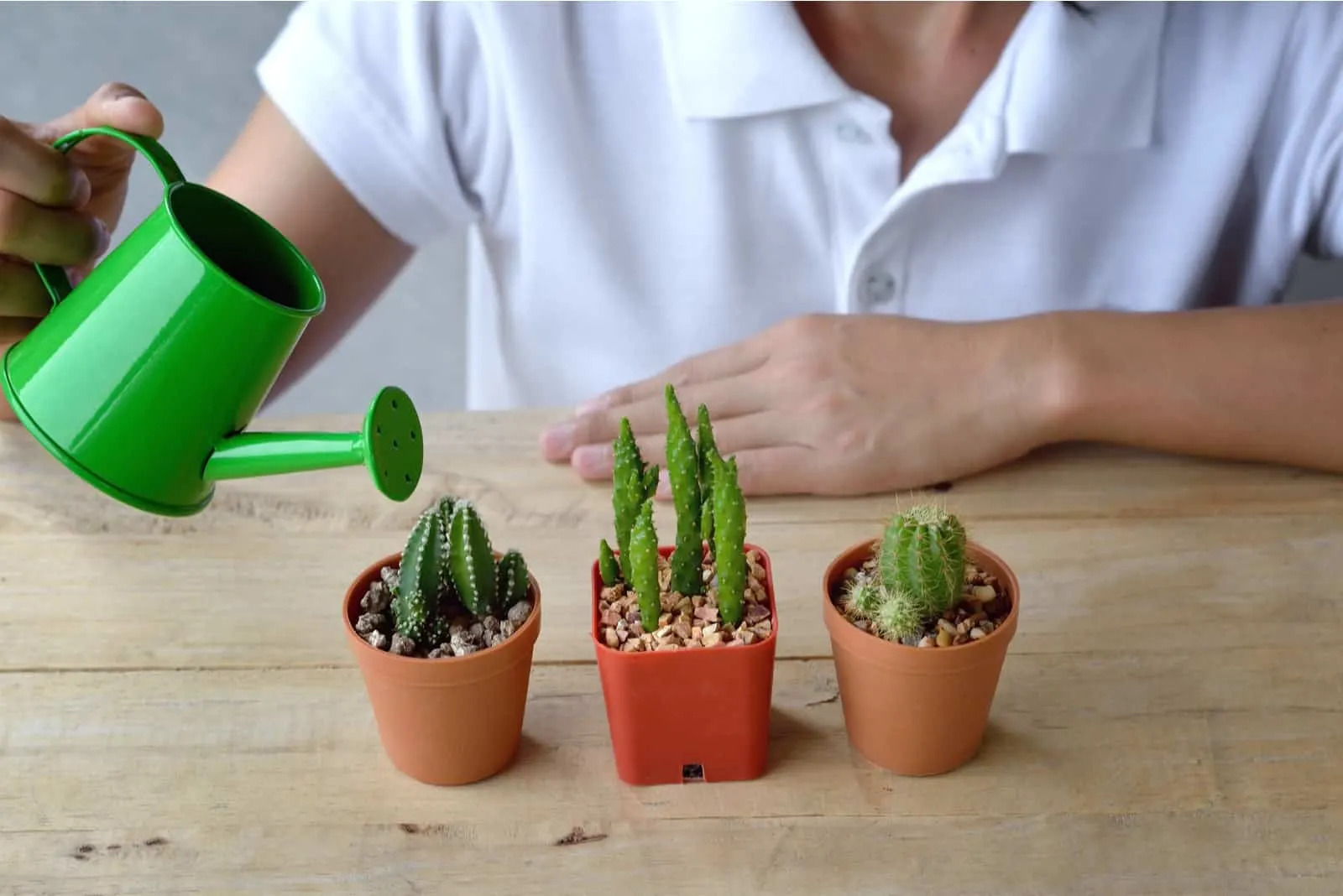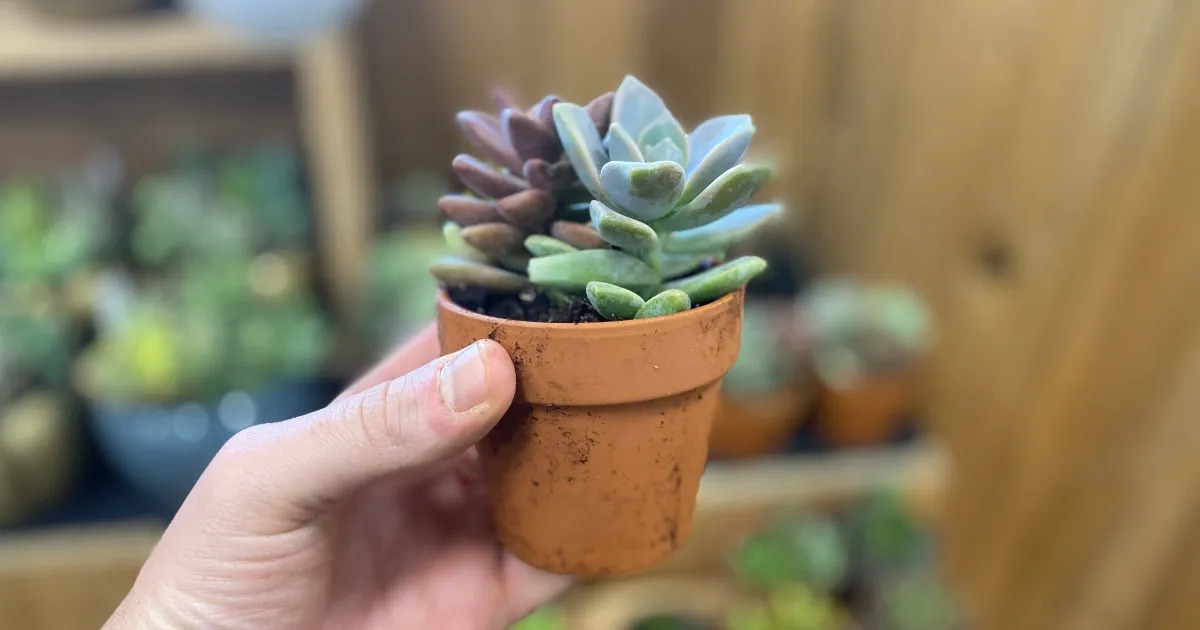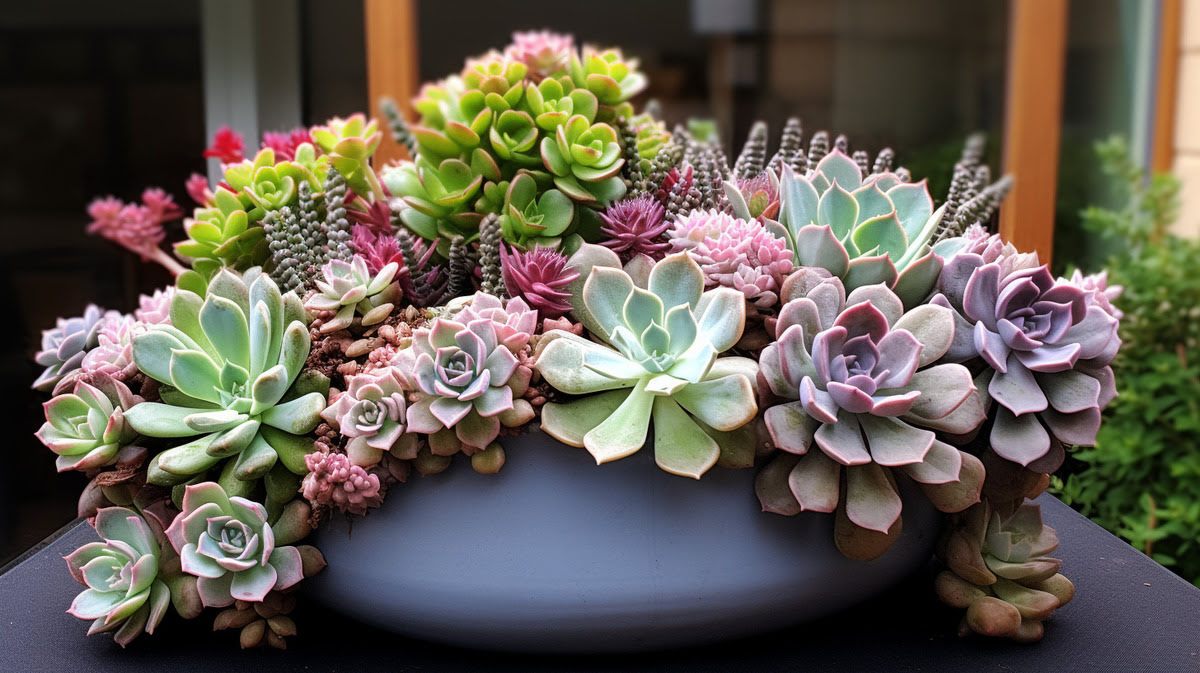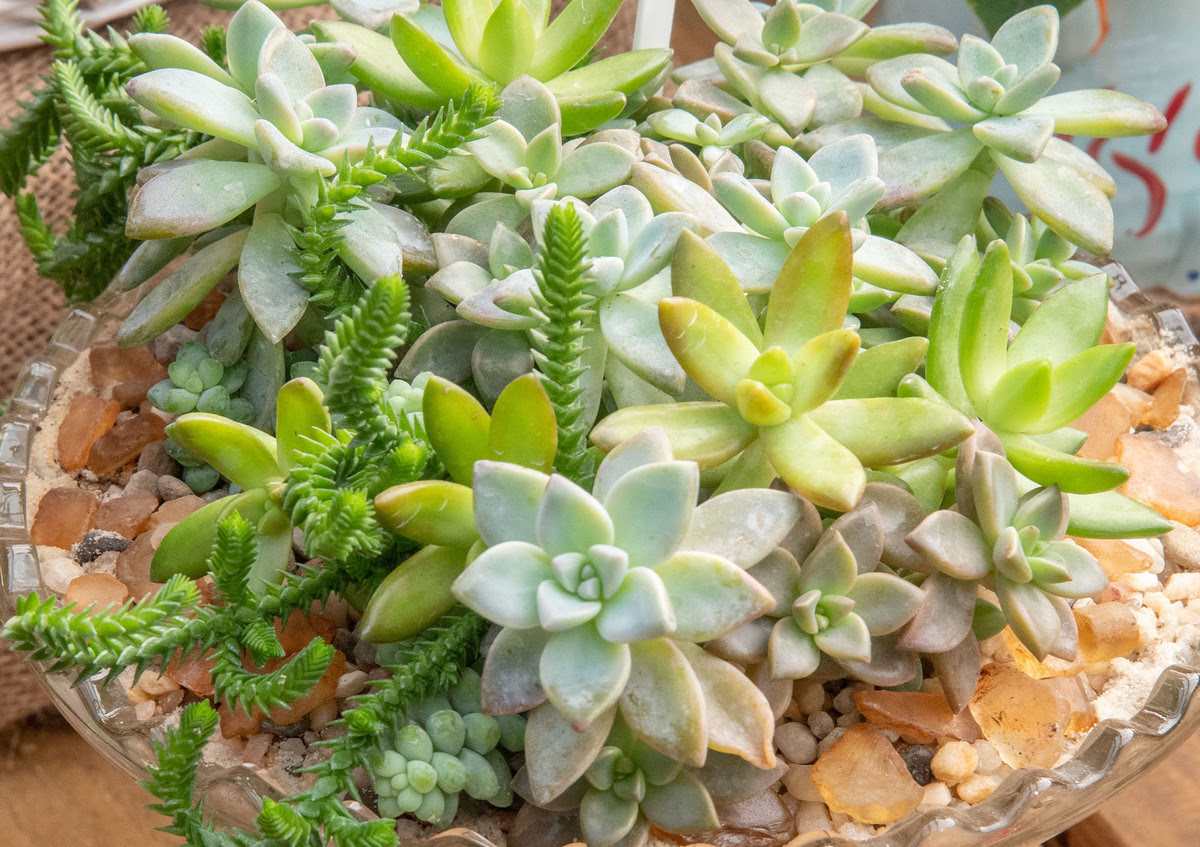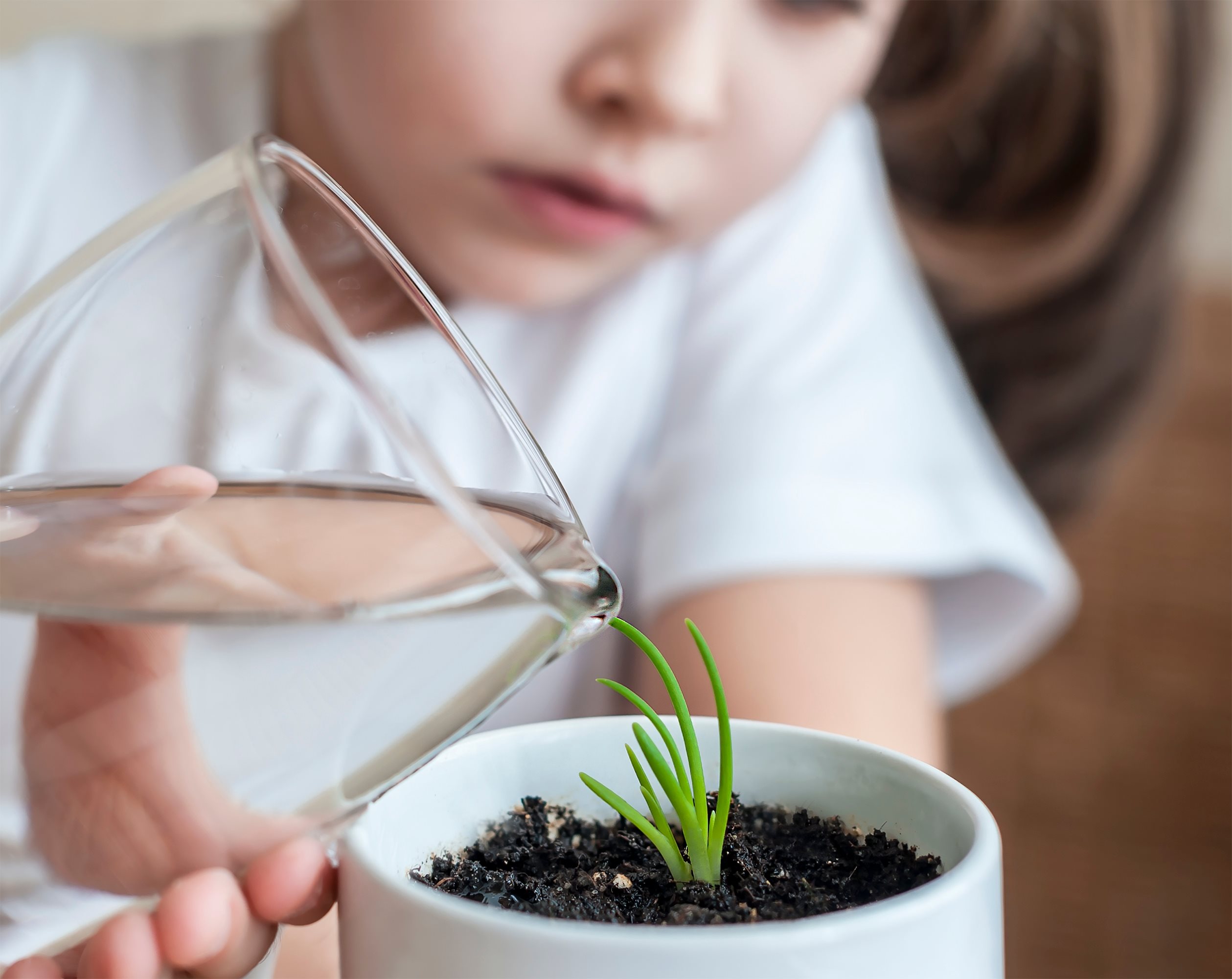Home>Gardening Techniques>Plant Care>How Often Do You Feed Succulents
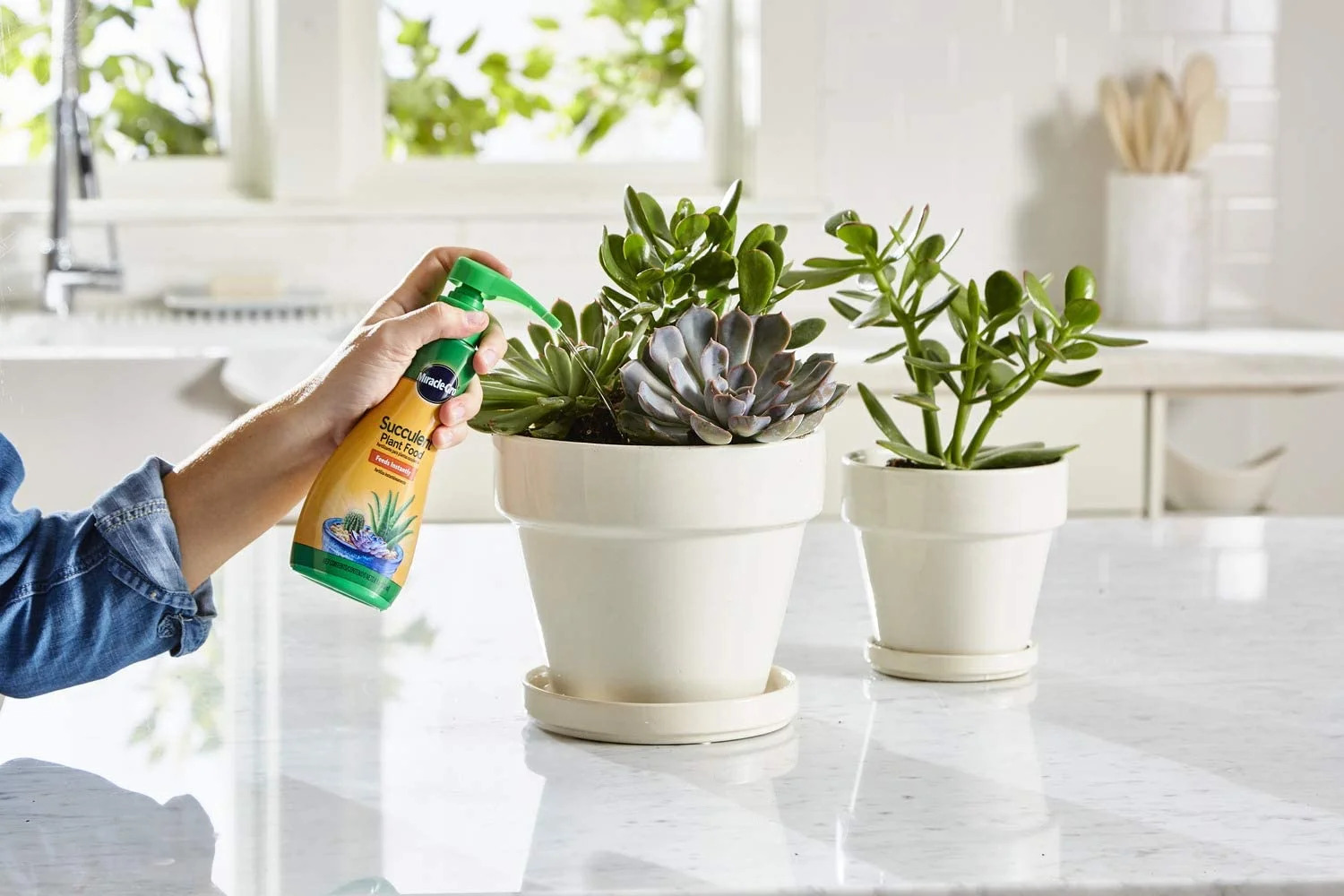

Plant Care
How Often Do You Feed Succulents
Published: December 25, 2023
Learn the best practices for succulent care, including how often to feed your plants. Discover essential tips for maintaining healthy and thriving succulents. Explore expert advice on plant care for optimal growth and longevity.
(Many of the links in this article redirect to a specific reviewed product. Your purchase of these products through affiliate links helps to generate commission for Chicagolandgardening.com, at no extra cost. Learn more)
Table of Contents
Introduction
Welcome to the wonderful world of succulents, where the beauty of nature meets the charm of low-maintenance care. These unique plants have captured the hearts of many with their striking appearance and resilience in various environments. As a plant enthusiast, you may find yourself drawn to the allure of succulents and eager to learn the best practices for their care.
Understanding the feeding needs of succulents is a crucial aspect of nurturing these captivating plants. While they are renowned for their ability to thrive in arid conditions, proper feeding is essential for supporting their growth and overall health. By delving into the intricacies of succulent care, you can cultivate a deeper appreciation for these remarkable plants and ensure their vitality for years to come.
Join us on a journey through the art of succulent care as we explore the factors that influence their feeding requirements and uncover the optimal frequency for nourishing these resilient beauties. By the end of this guide, you will be equipped with the knowledge and confidence to provide your succulents with the nourishment they need to flourish.
Understanding Succulents
Succulents are a diverse group of plants characterized by their fleshy, water-retentive leaves and stems. This unique adaptation allows them to thrive in arid and semi-arid regions, making them well-suited for indoor and outdoor settings with minimal maintenance. Their ability to store water enables them to withstand prolonged periods of drought, making them a popular choice for plant enthusiasts seeking resilient and visually appealing greenery.
One of the defining features of succulents is their remarkable diversity, with thousands of species exhibiting a wide range of shapes, sizes, and colors. From the iconic rosettes of Echeveria to the architectural elegance of Sansevieria, succulents offer an array of options to suit various preferences and environments. Whether adorning a windowsill, brightening a garden, or serving as eye-catching accents in decorative arrangements, succulents bring a touch of natural beauty to any space.
These hardy plants have evolved to thrive in environments with limited access to water, which is reflected in their unique physiology. Their ability to absorb and store water in specialized tissues, such as their leaves and stems, enables them to endure dry spells and fluctuating moisture levels. This adaptation also influences their feeding requirements, as their efficient water storage impacts the frequency and approach to nourishment.
By gaining a deeper understanding of succulents and their adaptive traits, you can appreciate the resilience and versatility that make them beloved additions to diverse plant collections. As we continue our exploration, we will unravel the factors that influence the feeding needs of succulents, empowering you to provide them with the care they deserve.
Factors to Consider
When determining the feeding requirements of succulents, several key factors come into play, each influencing the frequency and approach to nourishment. Understanding these factors is essential for tailoring a feeding regimen that aligns with the specific needs of these resilient plants.
- Season and Climate: The seasonal and climatic conditions in which succulents are situated play a significant role in their feeding needs. During the active growing season, typically spring and summer, succulents may benefit from more frequent feeding to support their growth. In contrast, the dormant period, often in fall and winter, calls for reduced feeding to align with the plant’s natural cycle.
- Soil Composition: The composition of the soil in which succulents are planted directly impacts their access to essential nutrients. Well-draining soil with a high proportion of inorganic materials, such as perlite or coarse sand, promotes optimal root health and minimizes the risk of waterlogging, which can affect the plant’s ability to absorb nutrients.
- Container Type: The type of container used for housing succulents influences their feeding requirements. Porous containers, such as terracotta pots, allow for better airflow and moisture evaporation, which can impact the frequency of feeding compared to non-porous containers like glazed ceramics or plastic.
- Light Exposure: The amount of light that succulents receive directly affects their metabolic processes and growth patterns. Plants situated in bright, sunny locations may have increased nutrient demands to support their active photosynthetic activity, while those in lower light conditions may have more conservative feeding requirements.
- Plant Age and Size: The developmental stage and size of succulents also influence their feeding needs. Young, actively growing plants may require more frequent feeding to support their rapid development, while mature and established specimens may have more moderate requirements.
By taking these factors into account, you can tailor a feeding regimen that considers the unique circumstances of your succulents, promoting their well-being and vitality. As we delve into the optimal frequency of feeding, these considerations will guide you in providing targeted nourishment that aligns with the specific needs of your beloved plants.
Frequency of Feeding
Establishing the ideal frequency for feeding succulents is a balancing act that hinges on providing adequate nourishment while avoiding the pitfalls of overfeeding. By considering the plant’s natural growth patterns, environmental conditions, and individual characteristics, you can develop a feeding schedule that supports their well-being without overwhelming their delicate balance.
During the active growing season, which typically aligns with spring and summer, succulents may benefit from regular feeding to fuel their growth and development. A general guideline is to provide a diluted, balanced fertilizer every 2-4 weeks, ensuring that the nutrients are readily available to support the plant’s metabolic processes. This approach aligns with the increased demand for essential elements during periods of active growth, helping to fortify the plant’s resilience and vitality.
As the seasons transition into fall and winter, succulents enter a period of dormancy characterized by reduced metabolic activity and growth. During this time, it is advisable to scale back on feeding, as the plant’s nutrient requirements diminish in tandem with its slowed physiological functions. Limiting feeding to once every 6-8 weeks or ceasing altogether during the dormant phase allows the plant to enter a natural resting state without the burden of excess nutrients.
It is crucial to monitor the response of your succulents to the feeding regimen, as individual variations in growth rates, environmental conditions, and species-specific traits can influence their nutrient needs. Observing the plant’s overall health, growth patterns, and leaf coloration can provide valuable insights into whether the feeding frequency aligns with its requirements or necessitates adjustment.
By adapting the feeding schedule to accommodate the natural rhythms of your succulents and considering their unique circumstances, you can optimize their nourishment and contribute to their long-term vitality. As we shift our focus to the signs of overfeeding, this nuanced approach to frequency will serve as a cornerstone for maintaining the health and vibrancy of your cherished succulents.
Signs of Overfeeding
While providing essential nutrients is vital for the health of succulents, overfeeding can lead to adverse effects that compromise their well-being. Recognizing the signs of overfeeding is crucial for mitigating potential harm and adjusting the feeding regimen to align with the plant’s actual needs.
One common indicator of overfeeding in succulents is the onset of leaf discoloration, often manifesting as a darkening or browning of the leaves. This can result from an accumulation of excess salts in the soil, stemming from the prolonged application of concentrated fertilizers. Additionally, the emergence of soft, mushy leaves or stems may signal overwatering due to excessive nutrient uptake, leading to tissue damage and diminished resilience.
Another telltale sign of overfeeding is the appearance of white, crusty deposits on the soil surface or along the rims of the pot. These deposits, known as efflorescence, indicate an accumulation of mineral salts resulting from the overuse of fertilizers. If left unaddressed, efflorescence can impede soil drainage and disrupt the delicate balance of nutrients, posing a threat to the overall health of the succulents.
Furthermore, excessive vegetative growth, characterized by elongated stems and a lack of compactness in the plant’s structure, can signify an imbalance in the feeding regimen. While some growth is natural and desirable, an overly lush and elongated appearance may indicate an overabundance of nutrients, prompting the need for a reassessment of the feeding frequency and concentration.
It is essential to observe the overall vigor and resilience of the succulents, as overfeeding can compromise their natural hardiness and make them more susceptible to pests and diseases. By remaining attentive to the plant’s response to the feeding regimen, you can identify and address signs of overfeeding proactively, safeguarding the well-being of your cherished plants.
By recognizing these signs and adjusting the feeding regimen accordingly, you can ensure that your succulents receive the nourishment they need without encountering the detrimental effects of overfeeding. This mindful approach to feeding, coupled with a keen awareness of the plant’s condition, forms the cornerstone of responsible succulent care.
Conclusion
Embarking on the journey of succulent care unveils a captivating world of resilient beauty and natural elegance. By delving into the feeding needs of succulents, we have uncovered the intricate balance between nourishment and restraint, shaping a holistic approach to nurturing these remarkable plants.
Understanding the unique traits of succulents, from their water-retentive physiology to their diverse species, provides a foundation for tailored care that respects their individual requirements. By considering factors such as seasonal variations, soil composition, and light exposure, we can craft a feeding regimen that harmonizes with the plant’s natural rhythms and environmental dynamics.
The optimal frequency of feeding, guided by the plant’s growth patterns and dormancy phases, allows us to provide targeted nourishment that sustains their vitality without overwhelming their delicate equilibrium. By remaining attuned to the signs of overfeeding, such as leaf discoloration, efflorescence, and excessive vegetative growth, we can intervene proactively to safeguard the well-being of our beloved succulents.
As we nurture these resilient plants, we become stewards of their natural splendor, fostering a harmonious coexistence that celebrates the art of responsible and attentive care. Through this journey, we cultivate a deeper connection with nature and the remarkable adaptations that enable succulents to thrive in diverse settings, enriching our lives with their enduring charm.
May this exploration of succulent feeding serve as a guiding light, empowering you to cultivate flourishing and vibrant succulent displays that reflect the beauty and resilience of these captivating plants.

